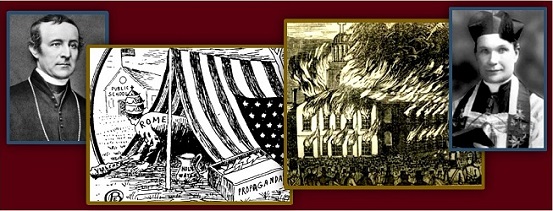
Posted on 10/12/2014 3:22:48 PM PDT by Heart-Rest
We do not recall these instances of anti-Catholicism to foster more animosity or violence, but recall them as part of our history, a history that, like so many others, included the targeting of ethnic and religious groups for persecution.
From left to right—Bishop John Hughes, New York, 1844; cartoon from Anti-Catholic book published by the Ku Klux Klan, 1926; Burning of St. Augustine Church, Philadelphia, 1844; Fr. James Coyle, Birmingham Alabama, murdered, 1921.
You have, no doubt, heard the children’s rhyme: “Sticks and stones may break my bones / But names will never hurt me.” That is not exactly true. For in the history of the Church in America, Catholics have been wounded by both physical violence and hate speech. This article will examine episodes of violence against American Catholics, considering the sticks and stones, the broken bones, and the words that encouraged such violence.
If the presence of anti-Catholic violence in American history is unknown to many, it is for good reason. We as Catholics do not usually like to talk about being a minority; we do not like to talk about persecution. For generations, our immigrant ancestors and their descendants fought to be considered “100% American,” not “hyphenated” Americans: Irish-American, German-American, Polish-American, or Italian-American. We Catholics have spent decades trying to assimilate into “White, Anglo Saxon, Protestant” (“WASP”) America and have, consequently, downplayed our distinctiveness. We wanted to fit in, and to achieve the American dream—to get good jobs, get a college education, and move to the suburbs.
In considering some episodes of anti-Catholicism, it should be noted that not all violence against Catholics was motivated exclusively by religion. In many cases, religious misunderstanding blended with nativism, and xenophobia, to bring about a toxic reaction to the United States’ Catholic newcomers. Consequently, anti-Catholic groups—that included the Know-Nothing party, the American Protective Association, and the Ku Klux Klan—espoused a form of bigotry, both religious and racially/ethnically motivated.
It should also be acknowledged that most manifestations of anti-Catholicism have not been violent. Much of anti-Catholicism in this country from the 18th century to today was more or less implicit: Protestants considered Catholics “the other.” Protestants often didn’t have Catholic friends, they (and Catholics!) frowned on Catholic-Protestant marriages, and non-Catholics refused to hire or promote Catholic workers. Other times, anti-Catholicism was muted, but real; non-Catholics questioned whether Catholics were even Christians, calling the Church the “Whore of Babylon” (of Revelation 17), and considered the pope the “Anti-Christ,” or taught unequivocally that all Catholics go to hell.
Other times, anti-Catholicism was more overt. In colonial times, laws forbade Catholics from voting, becoming lawyers, and teachers. Catholics, even in Maryland, which had at first tolerated them, demanded a “double tax” on Catholic property; parents could even be fined for sending their children to Europe to be educated as Catholics. The propagation of anti-Catholic ideas manifested itself in various ways: in newspapers, books, and pamphlets, in sermons, in laws, in popular discussion and debate, and, occasionally, in violence and property destruction.
The examples of violence that follow are admittedly among the most pronounced and outrageous forms of anti-Catholicism, but we should not be led to believe that anti-Catholicism was only the experience of a few. As a corrective, it is important to remember that in the 19th century, Catholic-Protestant debates and discussions, often acrimonious, took center stage. They were on everyone’s mind. When the anti-Catholic novel, Maria Monk’s Awful Disclosure—supposedly written by a former nun, telling stories of affairs between priests and nuns, and the murder of the children they conceived—was published in 1836, it became a near overnight sensation. By the start of the Civil War, it had sold 300,000 copies. Historians of this era claim it was among the most widely distributed book in America prior to the publication of Harriet Beecher Stowe’s Uncle Tom’s Cabin, the popular anti-slavery book.
Anti-Catholic violence has taken the form of protest against Catholics who were taking their place in the public square. Catholics, it was feared, could subvert the American Republic, especially its democratic processes, and its “public” schools. When Franciscan priests and brothers first came to Cincinnati, Ohio, from Austria in 1844, onlookers did not know what to think of them, walking through the streets in their brown habits. But some recognized them immediately as “Catholic monks,” potential anti-American subversives. In his journal, one of the first Franciscans in Cincinnati, Fr. William Unterthiner, described the animosity directed at Catholics, especially priests, in mid-1840s Cincinnati:
The Protestants here are even worse (than in other places in the U.S.); so goes the protest. Today … some people threw wooden sticks at us, and cursed us (as we walked down the street). It is certainly true that a person is free to choose one, or even no religion, but one would still be very mistaken if he believed that Catholics are allowed to live unhindered.
As Catholic immigration increased throughout the 1840s and 1850s, concern mounted that Catholics were taking over America’s public schools—an attempt that would eliminate the Bible (particularly the King James version) from everyday classroom use. The challenge offered by Catholics to “public” schools, that were de facto Protestant schools, brought Catholics and Protestants into frequent conflict.
The so-called “Eliot School Rebellion,” which occurred in Boston, Massachusetts, in 1859, proves a dramatic example. The state law that required the Ten Commandments to be recited (always using the King James Bible) in every classroom every morning, pitted Catholics, who viewed non-Catholics’ Bibles as false translations, against Protestant teachers, parents, and schoolmates. Ten-year-old Thomas Whall, a Catholic, was asked to take his turn leading the recitation of the Ten Commandments. When Whall refused because of his Catholic faith (and his desire to only read from the Douay-Rheims translation, an approved Catholic translation), he was disciplined. Whall had been urged by his parish priest not to recite Protestant prayers, nor read from the King James Bible.
A few days later, when Whall refused again, his teacher struck him with a rattan stick for half an hour until he was bleeding; he refused to give in, and his fellow Catholic classmates cheered him on. The school’s principal demanded that Catholic children, who refused to recite the commandments, leave the school; hundreds left in protest. The “rebellion” helped extend the parochial school system in Massachusetts. Within a year, a Catholic school was established in Whall’s parish with an enrollment of over 1,000.
Not all anti-Catholic violence was physical. Sometimes it resulted in the destruction of property. These episodes represent the ferocity of anti-Catholic violence, though without physical assault or loss of life.
In 1834, an anti-Catholic mob burned the Ursuline Convent in Charlestown, near Boston. The convent school there educated primarily upper-class Protestant girls, and worries of the Protestant elites’ attraction to Catholicism festered. This, together with the rumor of an Ursuline sister being held in the convent against her will, and the anti-Catholic preaching of Rev. Lyman Beecher, father of Harriet Beecher Stowe, incited a riot.
An angry mob gathered outside the convent, calling for the release of the sister, but the Ursuline mother superior threatened the crowd: “The Bishop has 20,000 of the vilest Irishmen at his command, and you may read your riot act till your throats are sore, but you’ll not quell them.” The crowd broke down doors and windows to enter the convent, and began to ransack the buildings. The sisters and their students rushed out the back of the convent, and hid in the garden. At about midnight, the rioters set fire to the building, burning it to the ground. Of the 13 men arrested and charged with arson, all but one was acquitted. The governor pardoned him in response to a petition signed by 5,000 Bostonians. Distrust of sisters in convents led eventually to a number of state legislatures proposing “convent inspection laws,” authorizing the warrantless searches of Catholic buildings—convents, monasteries, rectories, and churches—for weaponry, and for young women supposedly seduced into the convent and held against their will.
In 1844, two Catholic churches were burned in Philadelphia after it was rumored Catholics were insisting on the removal of the Bible from public schools. The same scene might have been repeated in New York City, but New York’s Bishop, John Hughes, warned: “If a single Catholic church is burned in New York, the city would become a second Moscow,” a reference to the 1812 burning of Moscow in which its own citizens set fire to the city as Napoleon’s soldiers closed in.
In 1854, as the Washington Monument in Washington, D.C., was being constructed, nine men, associated with the anti-Catholic Know-Nothing party, sneaked up to the base of the monument to steal a stone that had been engraved “Rome to America.” The stone, which was to have been placed inside the monument, along with other stones given as gifts from foreign governments, had been shipped from the Vatican. The men carried the stone to a boat waiting at the tidal basin, smashed it into pieces, and dumped it in the middle of the Potomac River. For them, the stone indicated the threat of the Catholic Church’s takeover of the U.S. government, a much talked about, but very unlikely, threat. The identity of the conspirators was shrouded in mystery; no one was ever convicted of the crime. In 1982, a replica of the stone, given by a priest from Spokane, Washington, was installed in the monument by the National Park Service.
The attack on the Shrine of Our Lady of Juan del Valle in San Juan, Texas, provides a final, modern example. In 1970, a non-denominational preacher intentionally flew a small airplane into the church while Mass was being celebrated. No one was injured except the kamikaze pilot who died. While the overall property loss was estimated at $1.5 million, many believed it a miracle that no one else was hurt or died in the tragedy. A new shrine was dedicated in 1980 where the previous church had stood.
Infrequently, physical violence and death were the consequence of anti-Catholicism. In 1853, Pope Pius IX sent Archbishop Gaetano Bedini to visit the U.S. and report back to him on the state of the Catholic Church in America. Because many U.S. Protestants viewed the pope as sinister, and as an enemy of freedom, they blamed his representative.
In Cincinnati, hundreds of protesters marched towards the cathedral where Bedini was staying, carrying signs, a scaffold, and an effigy of the archbishop. The signs read “Down with Bedini!”; “No Priests, No Kings”; and “Down with the Papacy!” Fearing an attack on the residence, the police attempted to turn back the demonstrators. In the ensuing melee, one protester was killed, 15 were wounded, and 63 were arrested. Most of the city’s residents supported the protesters, blaming the police for exercising brutality. Those who had been arrested were released, the charges were dropped, and an investigation of the police commenced. As Bedini continued to tour the country, violent disturbances erupted in Cleveland, Louisville, Baltimore, Boston, and New York. Fearing further violence in New York, Bedini was secretly transported by way of a rowboat to the steamship on which he would depart for Europe.
Not long after Bedini returned to Italy, anti-Catholic mob violence struck Louisville, Kentucky. In an incident known as “Bloody Monday” (August 6, 1855), concern about Catholic influence over the electoral process contributed to a mob attack on Irish Catholic neighborhoods, resulting in 22 deaths, scores of injuries, and widespread property destruction. Five people were later indicted; none was convicted.
Religious and racial prejudice combined in the deep South, resulting in the murder of a priest in 1921. Father James Coyle, priest of Birmingham, Alabama, was shot and killed on his rectory front porch. Coyle had performed the wedding of a recent convert to Catholicism, the daughter of a Methodist minister and Ku Klux Klan member, to a Puerto Rican Catholic man. The Methodist minister’s daughter had become interested in Catholicism as a young girl; she converted at age 18 and was received into the Catholic faith by Father Coyle. Only a few months later, Coyle witnessed the girl’s marriage. When her father found out about the clandestine wedding, he confronted Coyle and shot him. The minister was charged with the priest’s murder, but was acquitted by a jury who found him not guilty by reason of insanity. In 2012, Bishop William H. Willimon of the United Methodist Church presided over a service of reconciliation and forgiveness in Birmingham, asking for forgiveness for the role his church had played in the death of Father Coyle.
In recent years the threat of anti-Catholic violence has surrounded fidelity to the Church’s teaching on marriage and family life. In 2002, Mary Stachowicz, the parish secretary of now Bishop, Thomas Paprocki of Springfield, Illinois, was raped and murdered. Her killer stated to police that he attacked Stachowicz after she confronted him about his gay lifestyle. Bishop Paprocki, in public addresses on the Church’s approach to same sex attraction, relates the story of his former secretary’s murder in order to condemn all forms of violence based on bigotry. He feels compelled to speak about this form of anti-Catholic violence because it has been almost completely ignored by the media. Bishop Paprocki notes:
A Google search on the Internet for the name “Matthew Shepard” at one time produced 11.9 million results. Matthew Shepard was a 21-year-old college student who was savagely beaten to death in 1998 in Wyoming. His murder has been called a hate crime because Shepard was gay. A similar search on the Internet for the name “Mary Stachowicz” yielded 26,800 results.
Mary Stachowicz was also brutally murdered, also the victim of a hate crime, yet, her death went unnoticed. Perhaps, this is a signal that, as in the past, various forms of anti-Catholic violence are still viewed by some as acceptable, or at least, not worthy of notice.
Why examine these episodes of hate? Why not let them remain hidden in scarcely-read tomes of Catholic history? We do not recall these instances of anti-Catholicism to foster more animosity or violence, but recall them as part of our history, a history that, like so many others, included the targeting of ethnic and religious groups for persecution. Though the Church is often seen in overblown narratives as a perpetrator of violence, responsible for the horrors of the Crusades, the Spanish Inquisition, and the Holocaust, the Church has also been afflicted by violence motivated by religion. If history teaches us anything, it is that the memory of the past is so often selective.
Yet, this discussion should not end by recalling the role of religious belief in contributing to violence, but should remember the role of religious faith in promoting love. Fundamental to the Church’s teaching is the importance of humanity’s dignity as sons and daughters of the Creator. Violence, if even partly motivated by religion, contradicts what St. John taught us about God—“God is love” (1 Jn 4:8, 16)—a divine love that humanity is called to mirror and extend.
|
Here are some links to selected video clips of various prominent Catholics talking about some of the modern forms of "anti-Catholicism" they are increasingly encountering these days.
"Scott Hahn Q&A on dealing with Anti- Catholic comments"
"Fr. Robert Barron on Anti-Catholic Prejudice"
"Fr. Robert Barron on Anti- Catholicism"
"Fr. Barron on The Anti-Catholic, Un- American HHS Mandate"
"Fr. Robert Barron on The Last Acceptable Prejudice"
"How to confront anti-Catholicism" - Tim Staples
"Laura Ingraham accuses Joy Behar of being an anti-Catholic bigot"
"Michael Coren & Bill Donahue: Anti- Catholicism The Last Acceptable Prejudice"
"Bill Donohue responds to Jamie Stiehm's Anti-Catholic Article"
"Anti-Catholicism" - Dr. Philip Jenkins
All Catholics should endeavor to do our best to see if a way can be found to help all anti-Catholics we know to see the light, remove the deep bitterness and anti-Catholic bias from their souls, and turn to the true Church founded by Jesus Christ to obtain healing and reconciliation, and we should enjoin them (like St. Paul) to "work out their own salvation with fear and trembling" (Philippians 2:12).
|
|
|
 (Protestant Barack Hussein Obama) |
 (Protestant Hillary Rodham Clinton) |
 (Protestant Harry Reid) |
 (Protestant Rev. Jeremiah Wright) |
 (Planned Parenthood Organization) |
 (Homosexuals) |
 (Friedrich Nietzsche) |
 (George Soros) |
 (Protestant Rev. Jesse Jackson) |
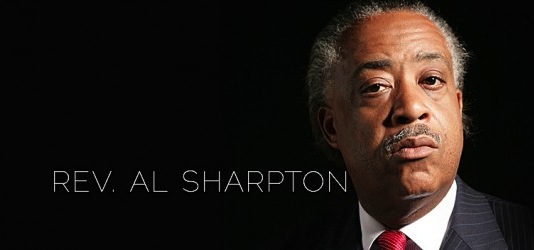 (Protestant Rev. Al Sharpton) |
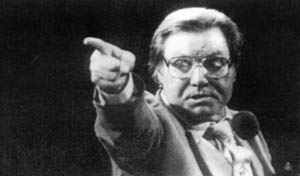 (Protestant Jimmy Swaggart) |
 (Margaret Sanger) |
 (Atheists) |
 (KKK) |
 (Mainstream Media Representative - Candy Crowley) |
 (Mainstream Media Representative - Wolf Blitzer) |
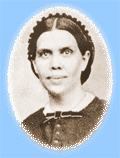 (Ellen Gould White) |
 (Goodloe Harper Bell) |
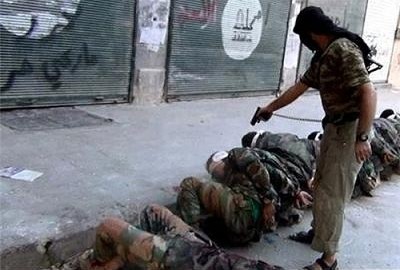 (Muslim Terrorists 1) |
 (Muslim Terrorists 2) |
 (Muslim Terrorists 3 - ISIS) |
 (Muslim Terrorists 4 - Boko Haram) |
 (Muslim Terrorists 5 - ISIS) |
 (Muslim Terrorists 6 - ISIS) |
 (Rosie O'Donnell) |
 (Perverts Protesting Against Catholics At Cathedral) |
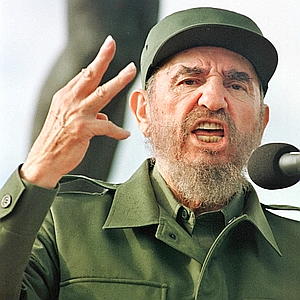 (Fidel Castro) |
 (Know Nothing Party) |
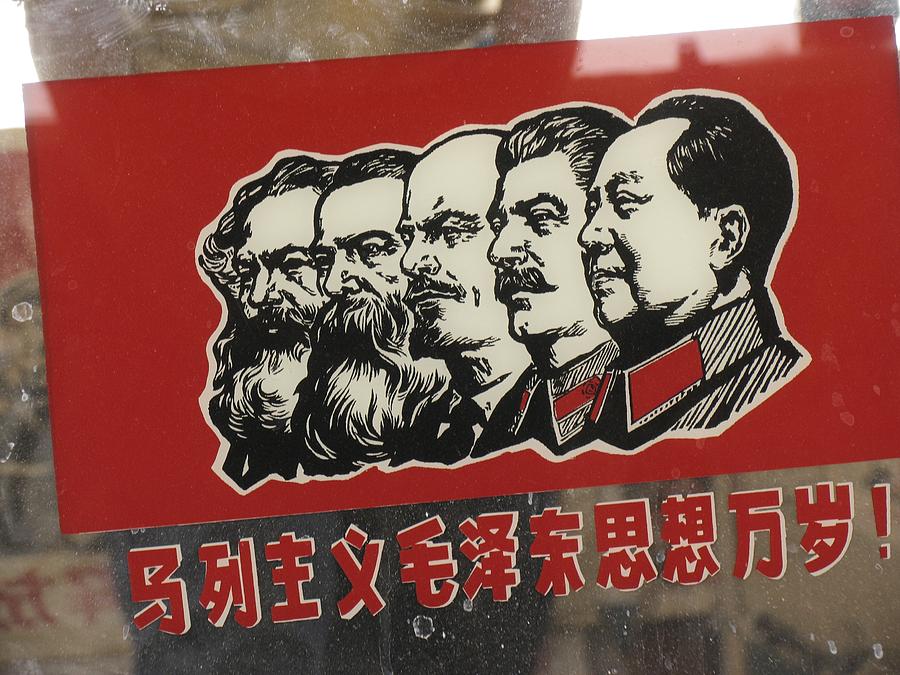 (Communists) |
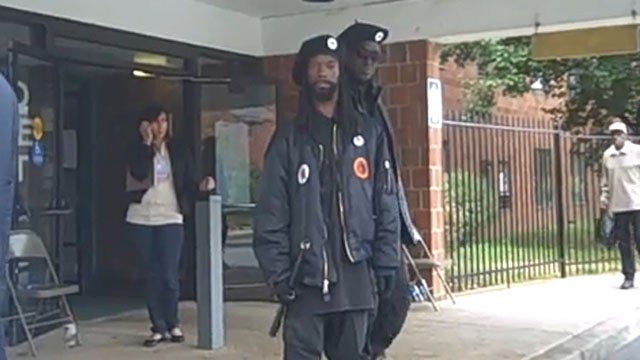 (Dim-bulbed Democrats - New Black Panther Party) |
 (Kim Jong-un) |
 (Idi Amin) |
 Cartoonist Work |
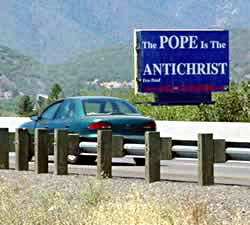 Billboard |
 (Supreme Court Justice Sonya Sotomayor) |
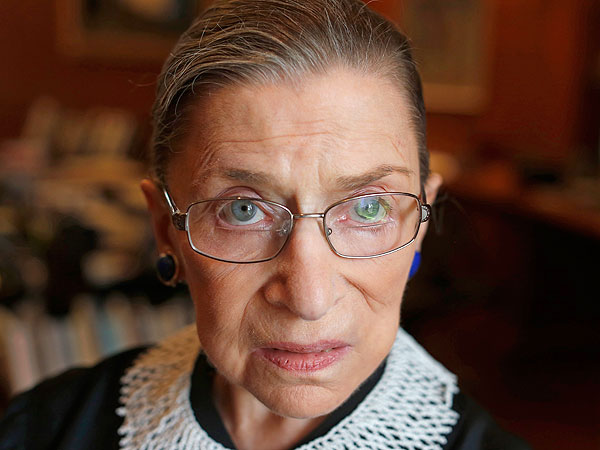 (Supreme Court Justice Ruth Bader Ginsburg) |
 (Supreme Court Justice Elena Kagan) |
 (Supreme Court Justice Stephen Breyer) |
|
Traitorous Catholic-In-Name-Only CINO's |
|
.jpg) (CINO Traitor Judas Iscariot) |
 (CINO Traitor Nancy Pelosi) |
 (CINO Traitor Joe Biden) |
 (CINO Traitor Kathleen Sebelius) |
 (CINO Traitor Andrew Cuomo) |
 (CINO Traitor "Sister" Carol Keehan) |
|
|
|
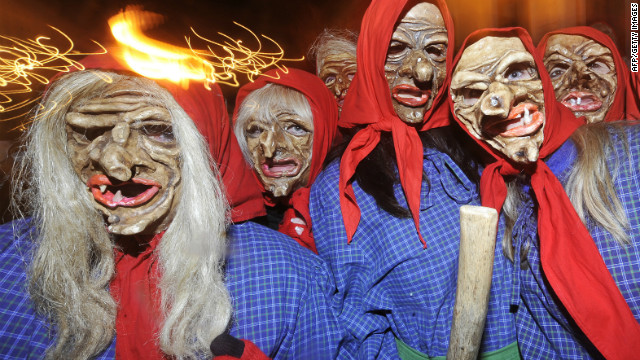 (Catholic-Bashing Entertainment Media Demons) (Can you hear them cackling?) |
 (Catholic-Bashing Mainstream News Media Demons) (Can you hear them shrieking?) |
|
|
|
 (Traitor Satan) (Used to live in Heaven - Now the Gates of Hell) (The hideous father of all anti-Catholic lies) |
|
Makes one yearn for the heady days in which The Church held power and could inquisition their enemies does it not? A pity the peasants are literate. A priest can barely molest an altar boy or two before it reaches the papers now.
(Try to steer clear of all the "Bible-text-hoppers" too. It is very easy to come up with some confusing, weird, and even bizarre theories if you hop around to various Bible texts, taking them out of context, and trying to artificially force them together when they really do not belong together that way.)
As a quick illustration of that, check out this two-text pairing:
Do you see how easy it is to build a bizarre absurdity by hopping around willy-nilly, from "this" Bible text to "that" totally unrelated Bible text?✝============================================================✝
Text 1: There came a woman of Samaria to draw water. Jesus said to her, “Give me a drink.” For his disciples had gone away into the city to buy food. John 4:7-8
------------------------------------------------------------
Text 2: Then you shall bring them both out to the gate of that city, and you shall stone them to death with stones, the young woman because she did not cry for help though she was in the city, and the man because he violated his neighbor’s wife; so you shall purge the evil from the midst of you. Deuteronomy 22:24
✝============================================================✝
Or how about this three-text example:
And check out this outrageously ridiculous Bible text pairing:✝============================================================✝
Text 1: ...and the Lord God will wipe away tears from all faces... Isaiah 25:8
------------------------------------------------------------
Text 2: When the wine failed, the mother of Jesus said to him, “They have no wine.” John 2:3
------------------------------------------------------------
Text 3: Jesus wept. John 11:35
✝============================================================✝
Do you see what nonsense can be developed from the Holy Scriptures simply by hopping around to various biblical texts haphazardly? Context is of vital importance, and it is also quite helpful to humbly avail yourself of the guidance of God's Church, which the Holy Spirit had the Apostle Paul refer to as "the pillar and bulwark of the truth" (1 Timothy 3:15).✝============================================================✝
Text 1: When Jesus had received the vinegar, he said, “It is finished”; and he bowed his head and gave up his spirit. John 19:30
------------------------------------------------------------
Text 2: Vanity of vanities, says the Preacher, vanity of vanities! All is vanity. Ecclesiastes 1:2
✝============================================================✝
May God bless all of us with a greater understanding and appreciation of the Love of God, and of the Church Jesus Christ began to build, guide, sustain, and protect, so long ago, just like He solemnly declared He would.
Here are those links:
  |
|
|
Really. We often read here about how blacks need to quit living in the past. Hmmm.
And, in response to the molestation charge -- per insurance statistics, it occurs more in Protestant churches than in the Catholic Church.
Well hey, that makes it all right then. Party on dude.
Excellent article.
And we can note that anti-Catholicism is alive and well on the web.
...if Hughes attacked religious and ethnic bigotry, he also recognized that the dysfunctional behavior of New York’s Irish was more destructive than the discrimination against them. After all, he knew that German immigrants, 40 percent of whom were also Catholic (the majority was Protestant, with a small minority of Jews), were almost immediately successful upon arriving in the country, even though most had come to America with no more money than their Irish counterparts—though they did arrive as intact families to a much greater degree than the Irish. German Catholic immigrants did not experience anything akin to the troubles of Irish Catholics, proving that the source of Irish difficulties was not simply their religion or that their ancestors weren’t English. Tellingly, there are almost no reports of German gangs in the historical period that Gangs of New York—both the movie and the 1928 book by Herbert Asbury on which it is based—portrays.Related threads:
-- from the thread What Gangs of New York Misses....a clergyman was the catalyst for the cultural change that liberated New York’s Irish from their underclass behavior. He was John Joseph Hughes, an Irish immigrant gardener who became the first Catholic archbishop of New York. How he accomplished his task can teach us volumes about the solution to our own end-of-the-millennium social problems....
....He immediately stirred up a war over the city’s schools, then run by the Public School Society. Though the society received state funding, it was essentially a private Protestant organization that taught Protestantism and used the Protestant Bible. Worse, from Hughes’s point of view, it had pupils read such books as The Irish Heart, which taught that “the emigration from Ireland to America of annually increasing numbers, extremely needy, and in many cases drunken and depraved, has become a subject for all our grave and fearful reflection.” Hughes (with the support of New York’s 12,000 Jews) wanted an end to such sectarian education, and he wanted, above all, state aid for Catholic schools, just as the state had funded denominational schools before 1826 (with no one dreaming of calling such aid unconstitutional). The outcome of the struggle pleased no one: the Maclay Bill of 1842 barred all religious instruction from public schools and provided no state money to denominational schools.
-- from the online article How Dagger John Saved New York’s Irish....1841 was an election year in the state of New York. Five days before the election, at a Catholic rally at Carroll Hall, [then-bishop John Joseph Hughes] presented his parishioners with a list of the candidates he favored for council and urged them to vote for them....The Constitution gave Hughes the right to advise his parishioners how to vote, but the Protestant establishment was outraged at what they saw as priestly meddling in politics. Leading the attack, James Gordon Bennett, editor of The New York Herald....Hughes's politicking paid off. All but three of the candidates he had supported were elected. In April 1842, the state passed the Maclay bill. By a majority of just one, New York's Senate voted to end religious instruction in New York's public schools....
-- excerpts from Hour Two of the PBS broadcast God In America
Here on FR we see posts like:
“All of the Lent and Easter abomination is pagan and God clearly condemned it in scripture.”
“God doesn’t smile down on people who celebrate Easter.”
It’s probably because the American Republic was traditionally anti monarchist and anti Europe. Catholics follow an earthly monarchy in Rome, and come from the operating system that created European oppression. Bad optics add they say.
Wrong. Catholics follow Christ and the successors that are appointed righteously.
Catholic Ping!
Molestation is never "alright." Not even when Protestants do it.
That’s just what I said. .. Catholics believe God himself appointed a monarch and installed him in Rome. The papacy shouldn’t come before the US Constitution in anyone’s mind.
That was always the question. Still is.
Catholics created European oppression? — darn it, somebody should have told those Pilgrims to stay put. If only they had realized that England was a Protestant country and European oppression only went on in Catholic countries.
It happens everywhere. But The RCC has a solid and relatively unique track record of hiding the pervert offenders from the law.
Oh no, you've done it now. Just because he has a headpiece, scepter, throne and a palace . . don't start drawing any comparisons. I almost forgot the "Pope speaks infallibly" part when the moon is in the right phase or something like that.
Disclaimer: Opinions posted on Free Republic are those of the individual posters and do not necessarily represent the opinion of Free Republic or its management. All materials posted herein are protected by copyright law and the exemption for fair use of copyrighted works.